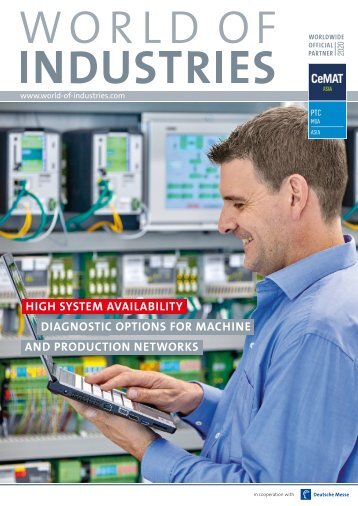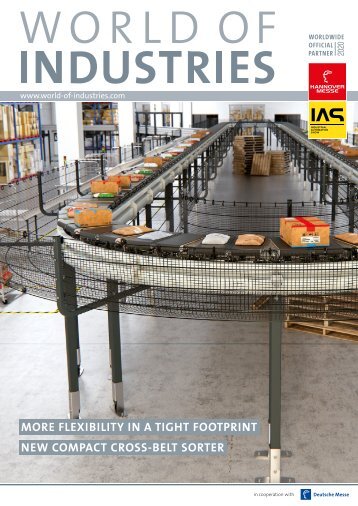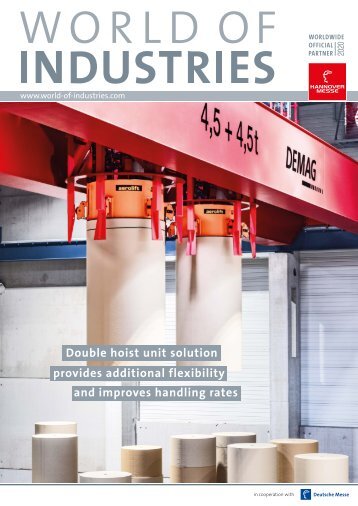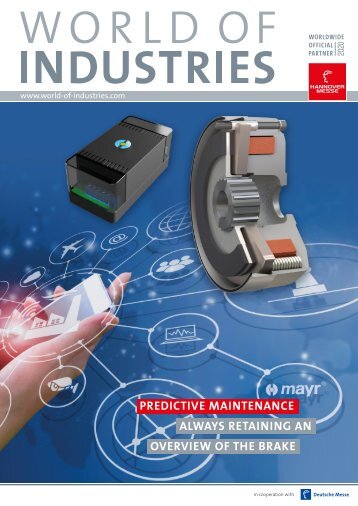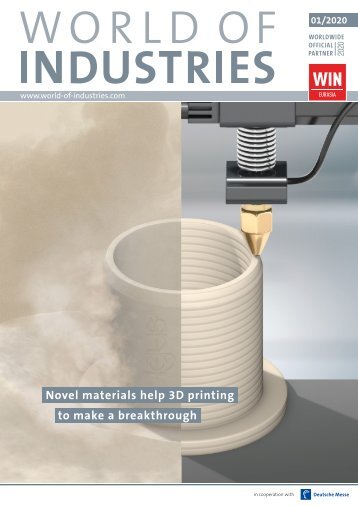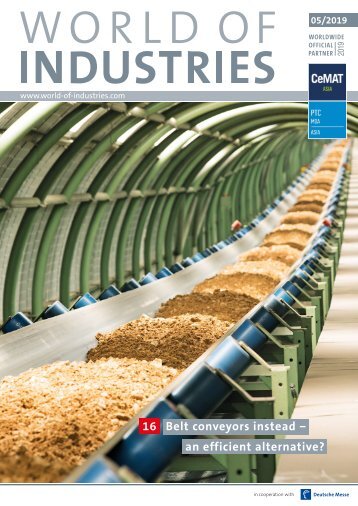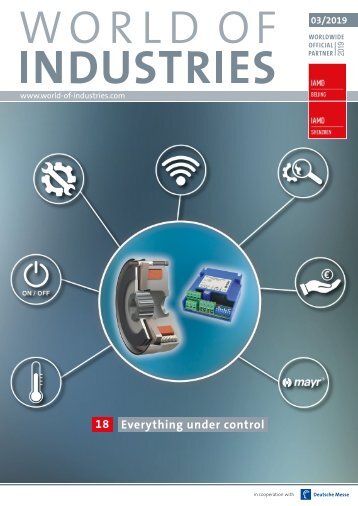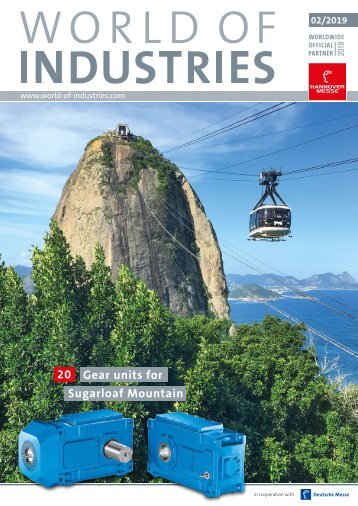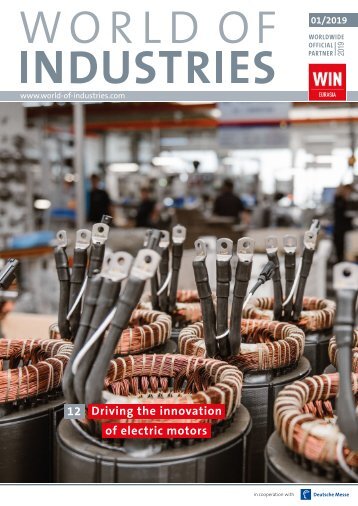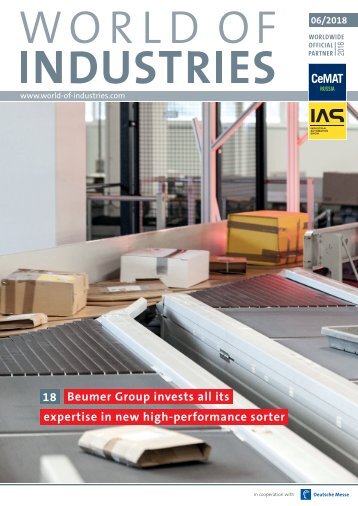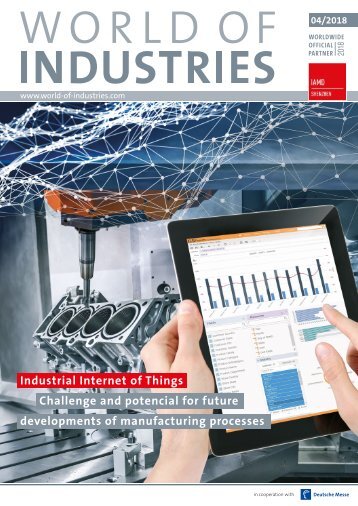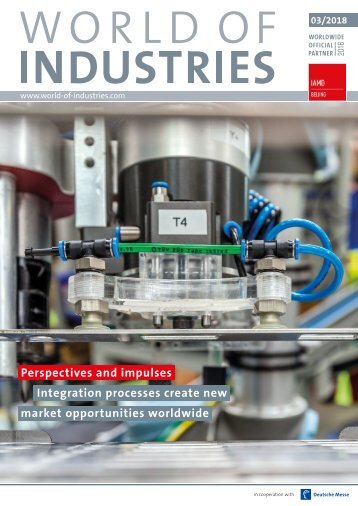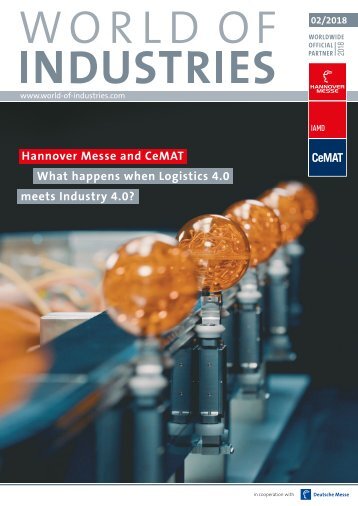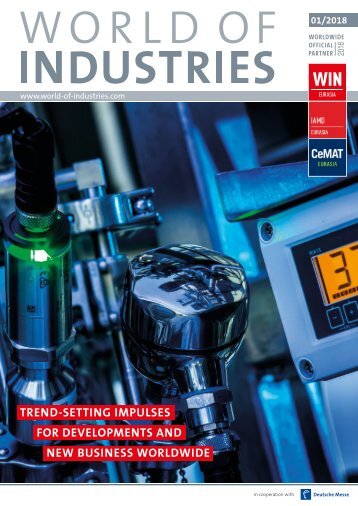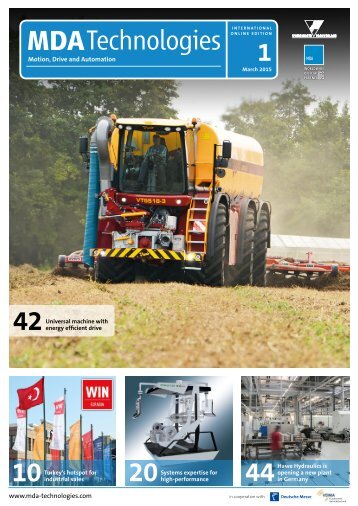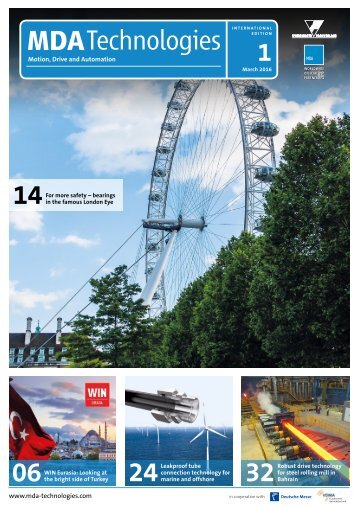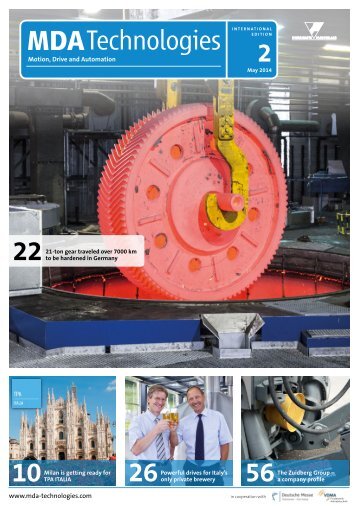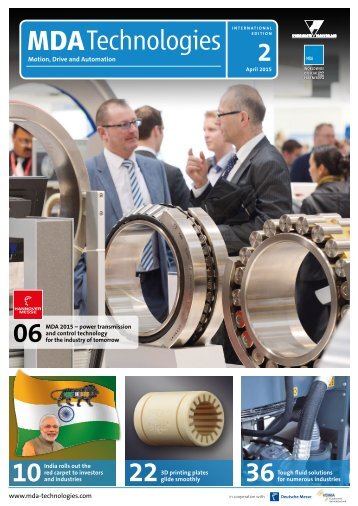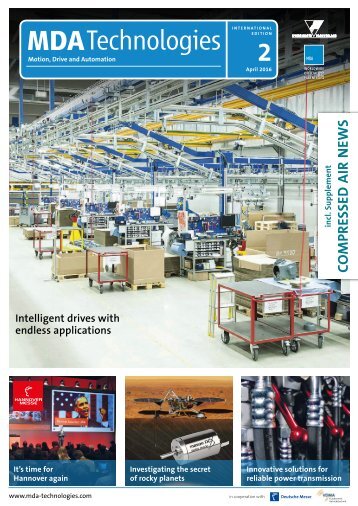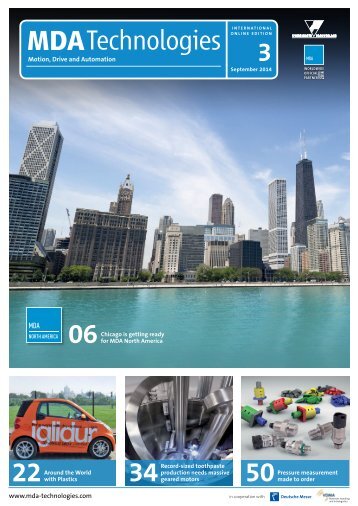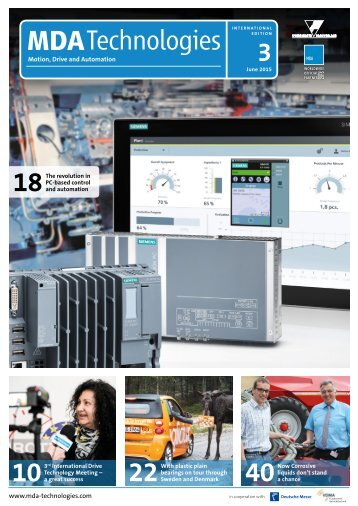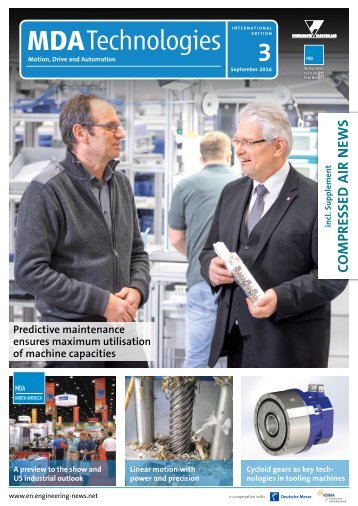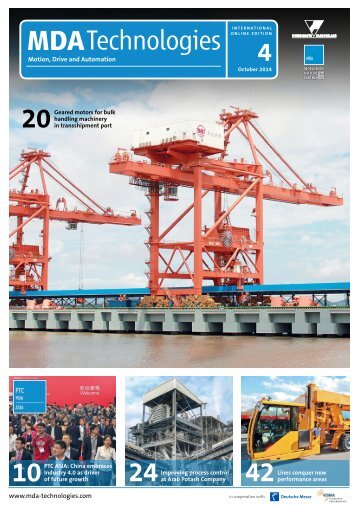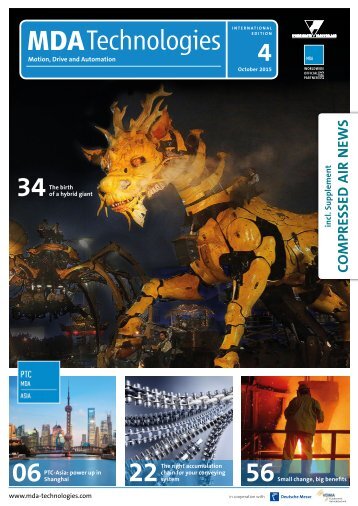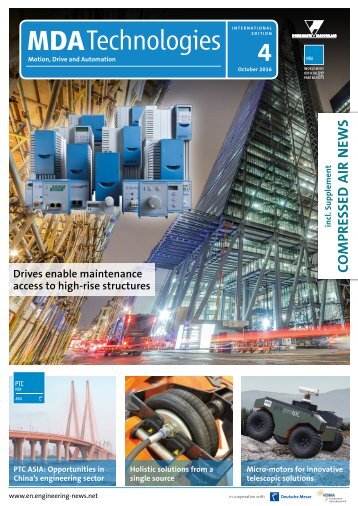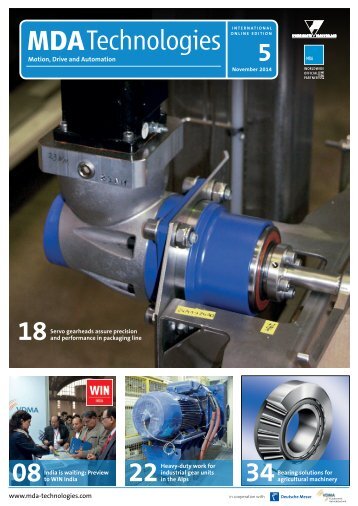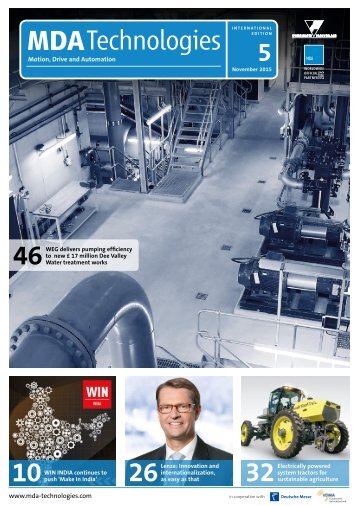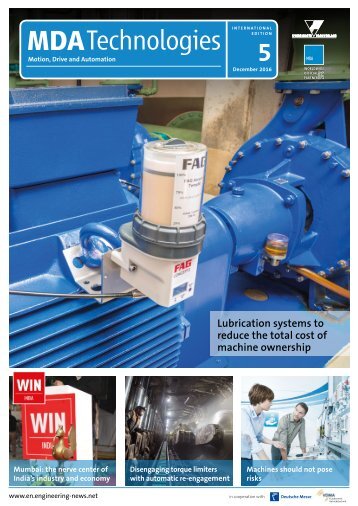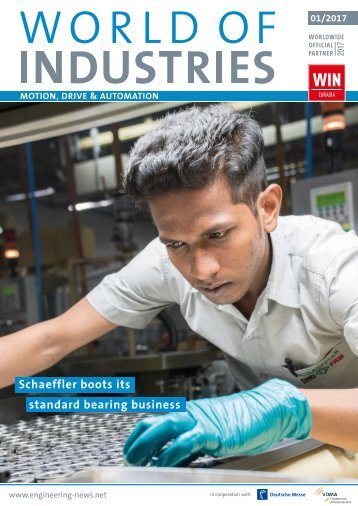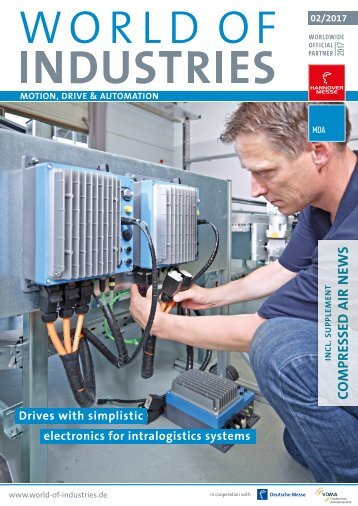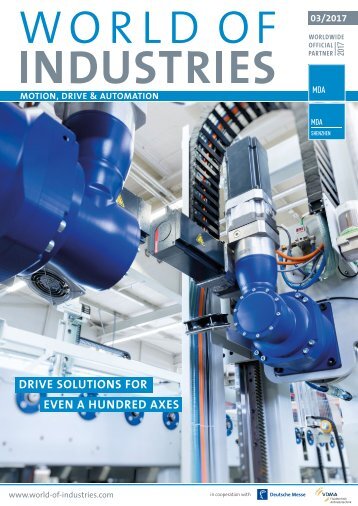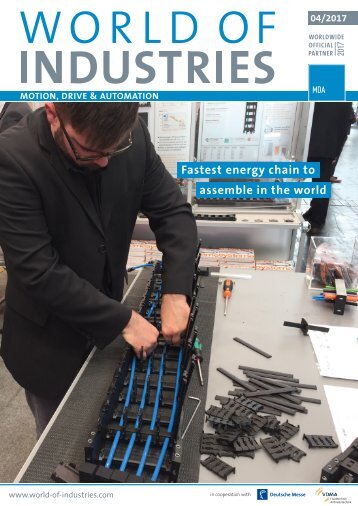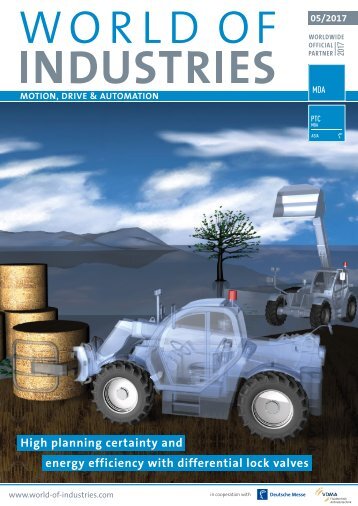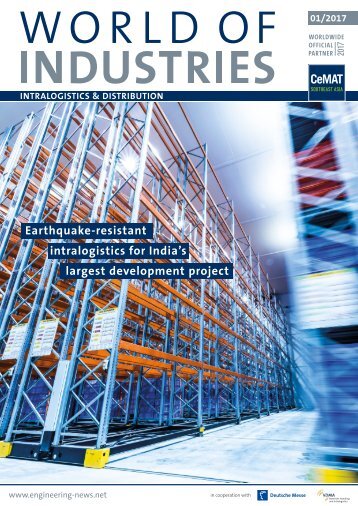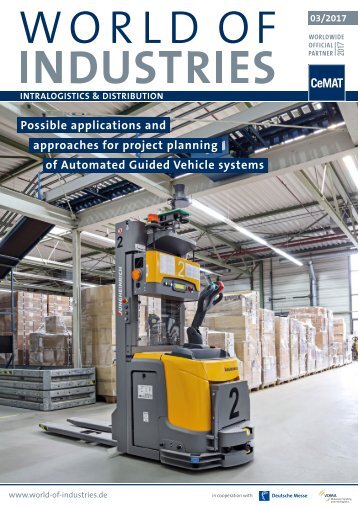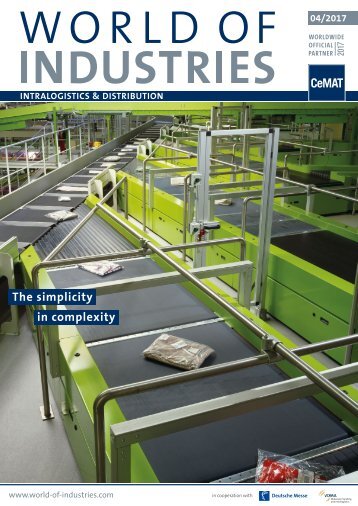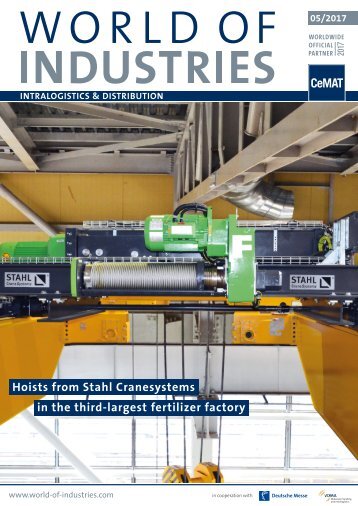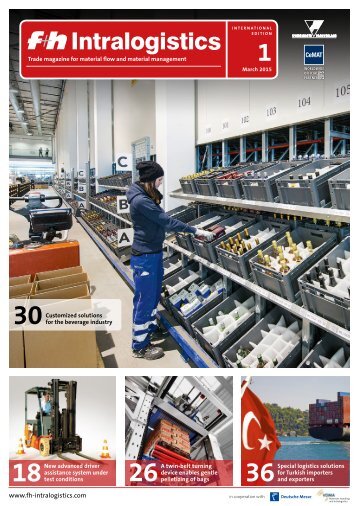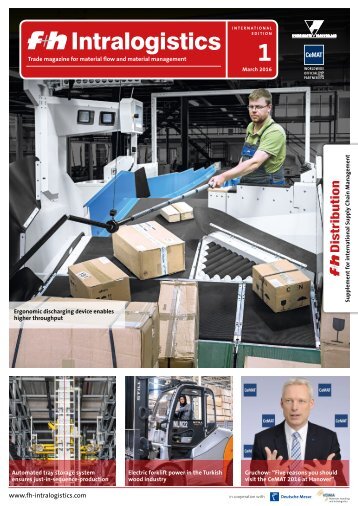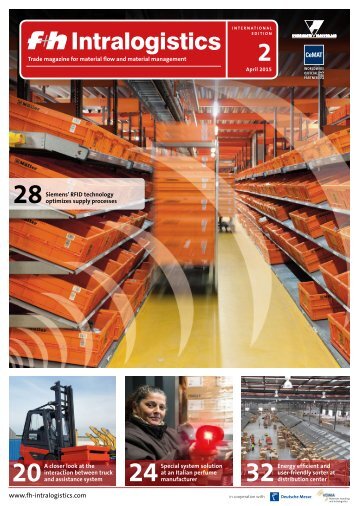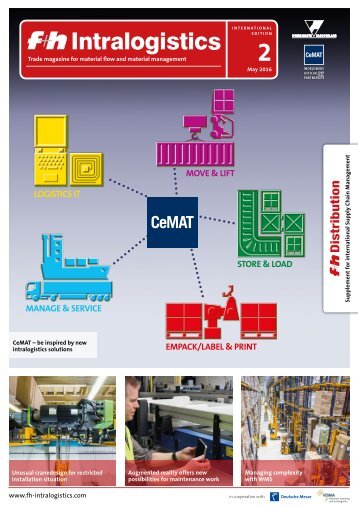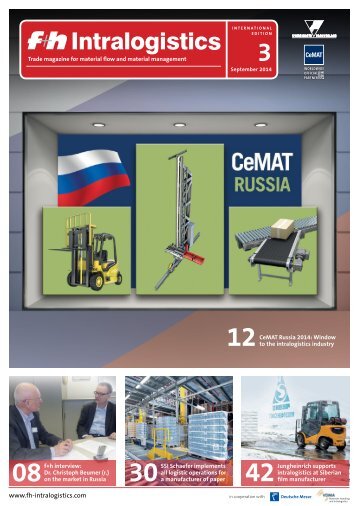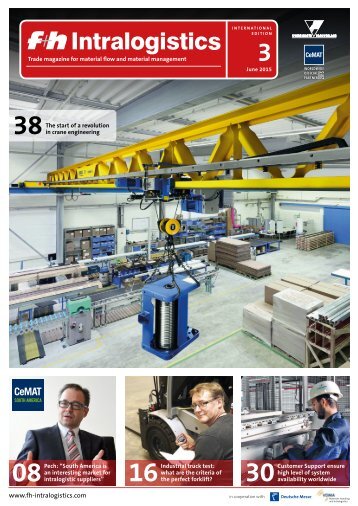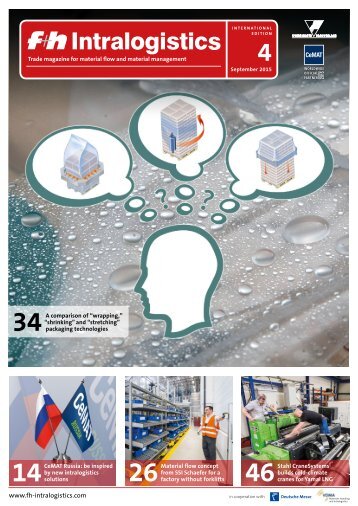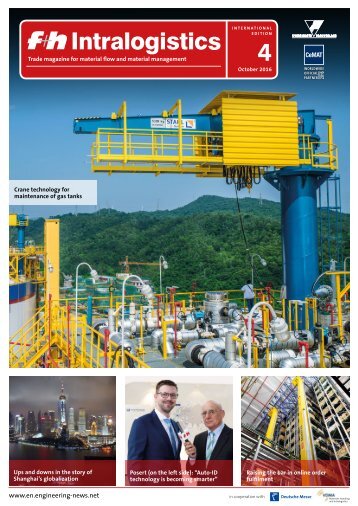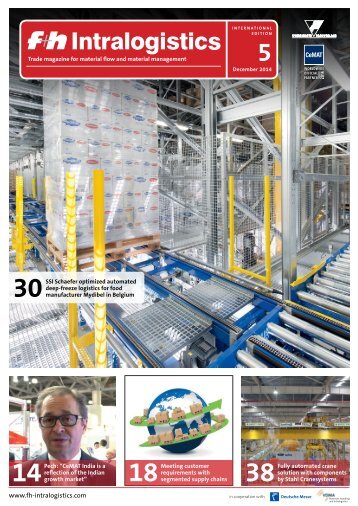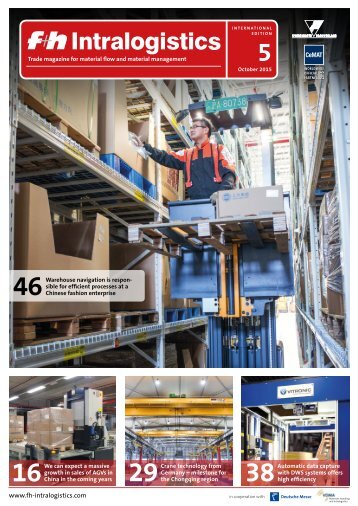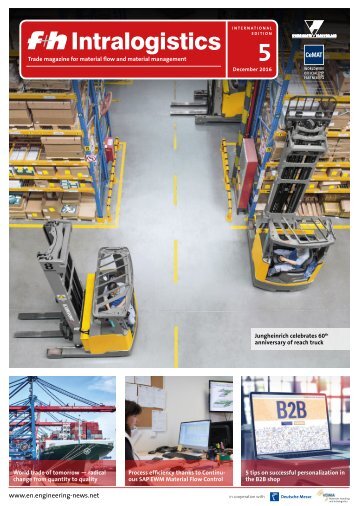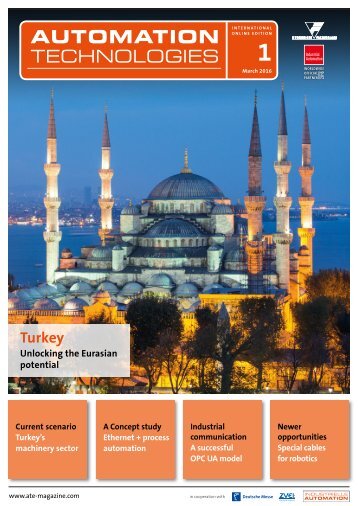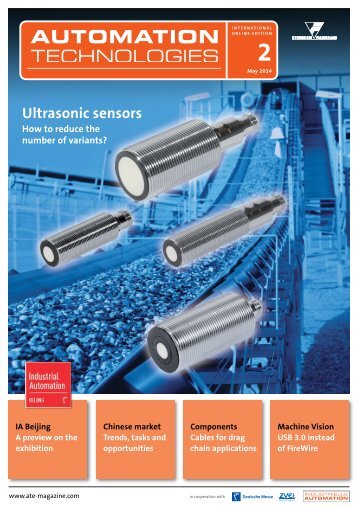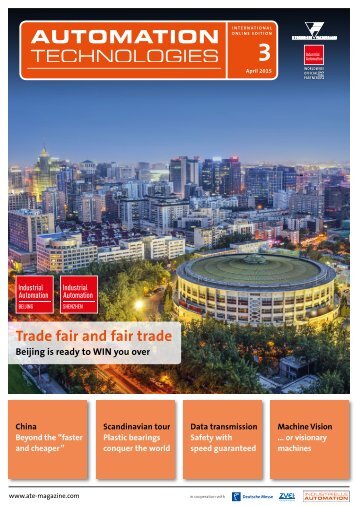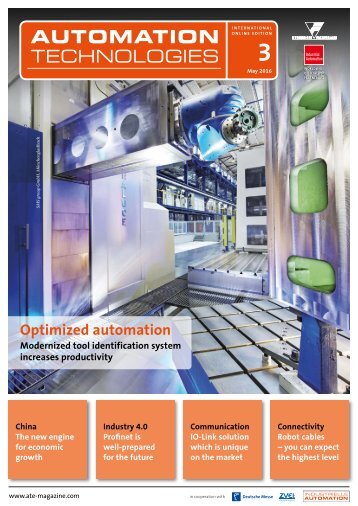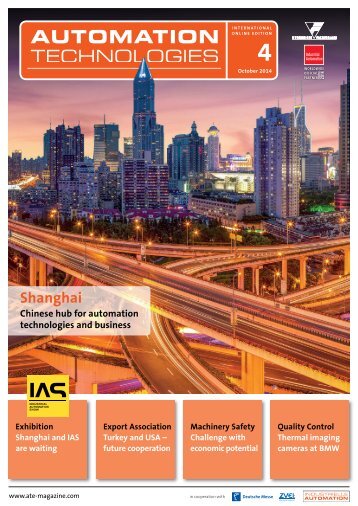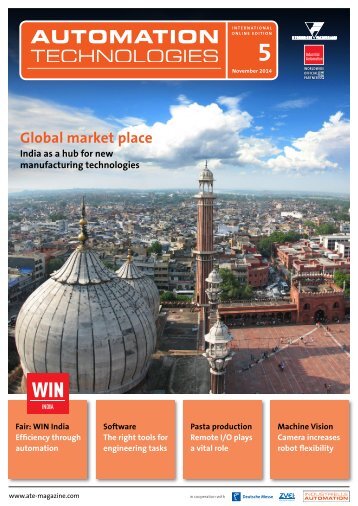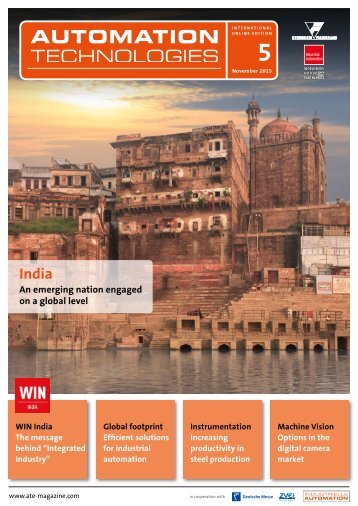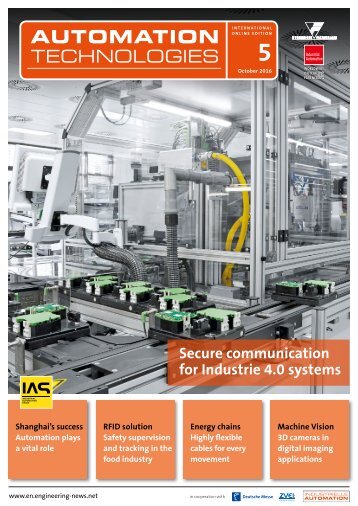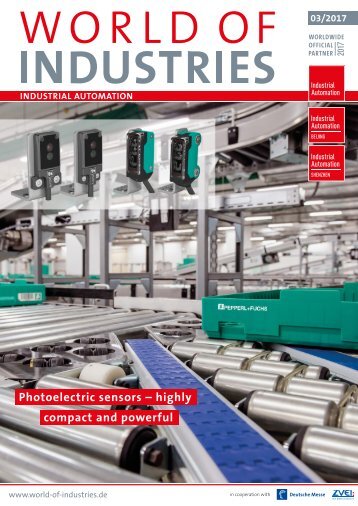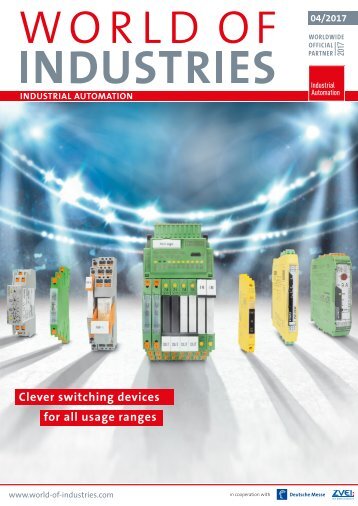MDA Technologies 2/2014
- Text
- Mda
- Technologies
Innovative Filter
Innovative Filter Element Technologie for Sustainable Filtration O+P_Sonderdruck_2014_210x265mm_060114.indd 1 09.01.14 13:41:59 With their new Optimicron filter element technology Hydac has succeeded in reducing the differential pressure in the filter by up to 30 % thus saving on energy and costs. Furthermore, CO 2 emissions have been reduced and valuable resources conserved. 50 MDA Technologies 2/2014
machine elements 01 World energy consumption 1990 to 2040 [2] 02 Incident flow cross section and stress distribution for round and oval perforations Energy efficiency is the goal Electricity prices are increasing and resources are becoming depleted. This is a clear trend worldwide. Not only are the fossil fuels required to generate energy in decline, but also the global demand for energy is rising steadily. In its international report the US Energy Information Administration (EIA) predicts a 56 % increase in world energy consumption between 2010 and 2040 (Fig. 01). Fossil fuels are still expected to meet 80 % of demand in 2040. These alarming developments result in a steady increase in energy prices. During the last five years alone the price of electricity rose from 0.096 to 0.127 Euros per kWh [1]. Furthermore, the increased combustion of fossil fuels is harming the environment and accelerating climate change. Energy efficiency is the key to counteracting this dramatic progression. Efficient use of the energy available not only reduces the operating costs of a machine or system but also reduces the emission of harmful greenhouse gases such as carbon dioxide. As a global, ecologically-responsible company Hydac is committed to continual development and improvement of their products. In addition to directly benefiting the customer, the main aim in developing energy-efficient innovations for products is to protect resources and enable systems to be operated more economically. Why filter? The task of a filter element in a hydraulic or lubricating oil system is to remove solid particles efficiently from the hydraulic medium in order to guarantee the consistent fluid cleanliness required. This ensures long service life for the fluid and protects the components throughout the system from excessive wear. In order to prevent machine breakdowns and malfunctions, the objective is reliable, effective filtration with minimal energy consumption and costs. With Hydac’s new Optimicron filter range the emphasis is on minimal energy consumption combined with a high level of fluid cleanliness and a long service life. Here we have a product that delivers effective filtration at minimal operating cost. Innovations The Optimicron filter series has been expanded with the addition of two filtration ratings: 1 and 15 μm. The customer can now select the ideal filter element for his special application from six different filtration ratings (1, 3, 5, 10, 15 and 20 μm). The filter layers have a graduated structure which means that the pore size becomes consistently finer from the contaminated side towards the clean side. Particles of varying sizes therefore become efficiently embedded within the depth structure of the filter layers, with minimal impact on the flow characteristics. This outstanding depth filter effect in the main filter layers prevents premature blinding of the filter element and guarantees a low differential pressure over a long period, as a result. The tried-and-tested outer wrap which is in highly tear-resistant plastic has oval perforations in the Optimicron element. The shape of these pores (patent pending) improves the angle of incidence onto the filter pleats. In the worst case, round holes completely cover the tip of the pleat, whereas the oval pores leave cross-sections open so that the fluid can flow vertically to the pleat right down to the pleat base (Fig. 02). In addition, the oval shape provides greater tear-resistance in the outer wrap. According to the pipe formula on which the design of pressure vessels and pipes is based, the tangential stress on cylindrical bodies is twice the axial stress. If these force ratios are applied in terms of the outer wrap, stress peaks are generated on the round holes in the axial direction which results in the wrap failing in the longitudinal direction (Fig. 02). With the oval perforation, the stress is distributed evenly and therefore results in much higher strength. 03 Comparison: standard pleat versus Helios pleat MDA Technologies 2/2014 51
- Page 1: Motion, Drive and Automation intern
- Page 4 and 5: Fluidtechnik Antriebstechnik Get en
- Page 6: COLOMBIA SLOVAKIA content 12 of And
- Page 9 and 10: Bosch Rexroth: Stagnation in Europe
- Page 12: News and Markets Milan is getting r
- Page 15 and 16: News and Markets of motor efficienc
- Page 17 and 18: Fluidtechnik Antriebstechnik News a
- Page 19 and 20: Drive Technologies Engineering, Des
- Page 21 and 22: Machine elements 01 The Drylin SHT
- Page 23 and 24: Machine elements 01 BAX bearings ar
- Page 25 and 26: Machine elements required to correc
- Page 27 and 28: Machine elements 03 The 21 t gear f
- Page 29 and 30: Drive Technologies 01 A helical bev
- Page 31 and 32: Product News New electromagnetic li
- Page 33 and 34: Drive Technologies 03 Bonfiglioli m
- Page 35 and 36: Drive technologies ge-connected mot
- Page 37 and 38: Product News Rolling bearing cages
- Page 39 and 40: Drive Technologies 01 The Smart Len
- Page 41 and 42: Product News Couplings with a small
- Page 43 and 44: Antriebstechnik Product News Slip R
- Page 45 and 46: Drive Technologies verters are inte
- Page 47 and 48: Fluid Power technology magazine Mea
- Page 49 and 50: Measurement and Control increased d
- Page 54 and 55: machine elements cross-sections alo
- Page 56 and 57: Product News Novotechnik develops c
- Page 58 and 59: Drive Technologies The Zuidberg Gro
- Page 60: Drive Technologies Transmissions fo
Inappropriate
Loading...
Mail this publication
Loading...
Embed
Loading...

